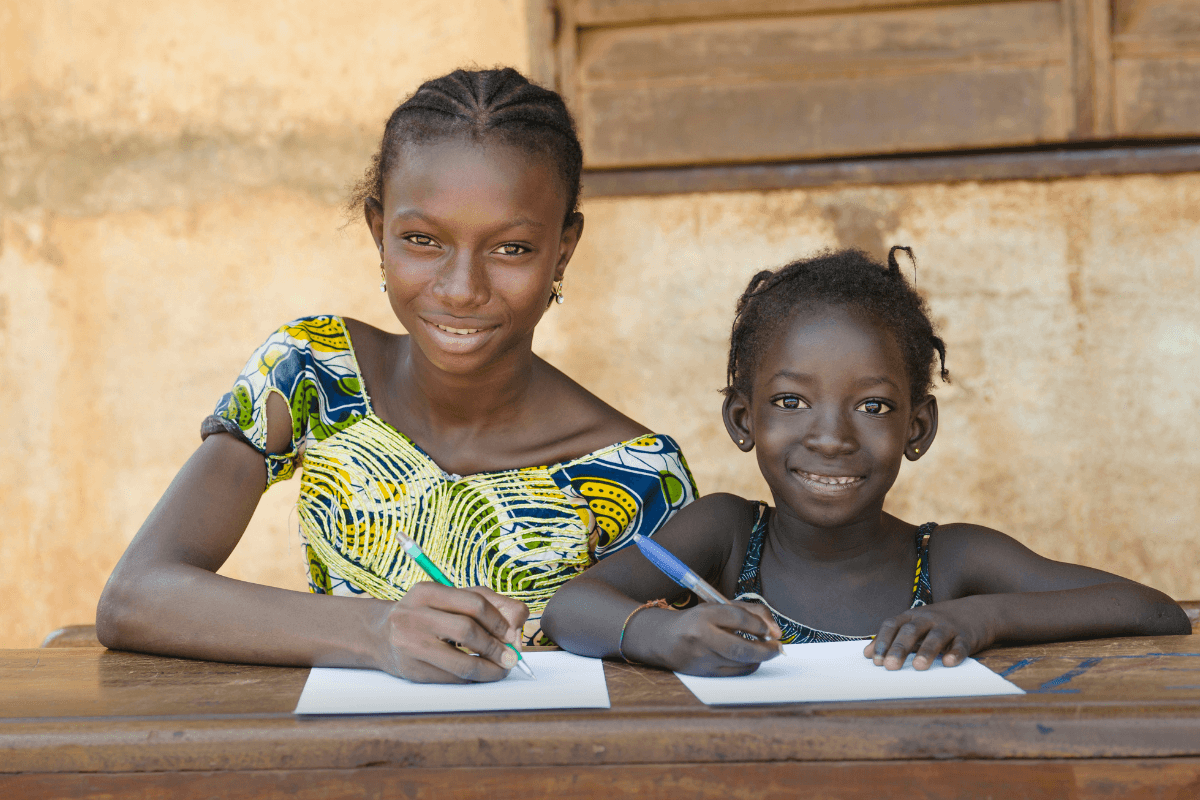Breaking the Poverty Cycle with Education
One of the largest barriers to ending extreme poverty is the lack of access to education.
An estimated 265 million children are unable to go to school. 22% of whom are missing K-6 schooling. 130 million of whom are young girls.
Without improving access to education, we may never fully eradicate poverty.
What is the poverty cycle?
Typically when children are born into families experiencing extreme poverty, they are there because their parents were born into extreme poverty and did not have access to education. As such, parents are unable to find opportunities to gain skills or give their children a proper education. If resources are too limited, parents may utilize their children as child labor to save money, rather than sending them to school.
A vicious cycle begins where those born into poverty are unable to escape it.
For young girls, the cycle of poverty is even more difficult to escape. Young girls face the issue of child marriage. For parents to cut expenses, young girls get married young. These young brides typically lack education and have less opportunities. Thus, they are more likely to remain in poverty.
The role of education in breaking people free of the poverty cycle
Children’s education is very important for eradicating extreme poverty in developing nations.
Through quality children’s education, we give each child the tools they need to succeed. Improving access to children’s education allows children living in poverty to improve their prospects and learn skills that will help them find economic opportunities to lift themselves out of poverty. Access to education not only allows children to develop critical thinking and reduces illiteracy but also reduces their chance of being used as child labor. Children who receive an education are much less likely to turn to harmful drugs or crime because they can earn income through legal means.
Even simple arithmetic and literacy skills can be life-changing and open doors for many people living in extreme poverty.
Research shows that every year of primary school can increase future income by 5% to 15% while every year of secondary school increases a child’s future income by 15% to 25%.’
Not only does improving access to education allow those who receive an education to thrive, but it sets up the next generation of children to succeed.
How can we provide education to people?
We must improve access to education for those living in extreme poverty.
In many places, the nearest schools are too far or too expensive. Infrastructure like schools may not even exist. Children can be busy with home life or may be used as child labor.
To reduce the barriers to education, international development projects will be key. Building the necessary infrastructure in regions with a lack of access to education will help reduce child labor and improve the child’s prospects.
To improve the accessibility of education to those in need, we need your help.
Your donation can help a child break free of multigenerational poverty.
At the Steele Family Foundation, we believe that education is a right. Everyone should have access to education.
Education is for everyone.







